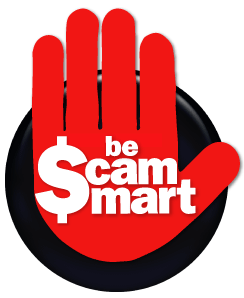]]>
The stock market crash of 2008 is the worst that the world has ever seen in terms of the number of points erased from the major indices. At its lowest point to date, the Dow Jones Industrial Average has lost a historical 6749 points! To put this into perspective, the 2001 to 2003 bear market merely erased 4153 points off the Dow. In fact, many veteran economists and investors swear that this is the worst economic and stock market crisis since the Great Depression with unemployment rate already higher than the peak unemployment rate of the last crisis (according to unemployment rate of Oct 2008).
With the gloom spreading across the world, this market crisis has evolved into a global economic crisis with major firms collapsing like they didn’t exist the day before. This has further affected investor confidence in stocks and shares and worsened the stock market crisis. Even options traders who has the ability to profit in every market conditions found it hard to make consistently high profits through options trading due to the extreme volatility. One question repeatedly hit the wires… when and how will this stock market crash end?
First and foremost, the stock market cannot go down to zero. All the companies in the world cannot collapse completely. It didn’t happen during the great depression and it won’t happen this time round, so, don’t worry about that. The question next is; where is the bottom? As the saying goes, it’s always darkest before dawn. This saying has been vindicated time and again during the past few crises. During the last crisis, the stock market started recovering when most investors think that the market is doomed and when economic numbers are at its worst. This is because the stock market is a discounting mechanism, not a reporting mechanism! It moves ahead of the real economy and according to future expectations. That is why stock market bottoms are usually marked by a multi-year low economic numbers. So, which economic number is most reliable in putting a bottom to the stock market?
Unemployment rate.
Unemployment rate is the first and last indicator that convinces investors of the state of the economy. During the last stock market crisis in 2003, the stock market starting recovering when unemployment rate peaked at 6.3%. During the 1973 to 1975 stock market crisis, the stock market started recovering when unemployment rate peaked at 9% in 1975. The great depression also ended in 1932 after unemployment rate peaked at 23.6%. From the past stock market crises, I observed that the stock market has turned around before the economy does as soon as unemployment rate hit a peak.
In fact, a combination of a reversal in unemployment following a peak and the recovery in the stock market definitely points towards pending economic recovery. Why is unemployment rate such a good economic and stock market indicator? That’s because companies don’t start hiring more unless they have the potential to make more money with these hiring! There will always come a point in every economic depression when companies that have survived would find unique opportunities and low prices that were not available before. These companies would rush in on these opportunities, hire more and spur the economy upwards again.
The only question is, how do we tell if the unemployment rate has hit a peak?
This is a question that baffles even the most veteran of economists. In an economic crisis, every time unemployment rate looks like it cannot go any higher, higher it goes the next month. As such, most investors and options traders would not know where the peak is until it unemployment rate starts coming down again and missed the initial recovery of the stock market. As such, during this market crisis, I would be watching unemployment rate very closely right now as it moves higher than the last crisis. Every time a higher number is hit, I would watch for accumulation in the stock market. So far, the stock market has not accumulated with each higher unemployment rate number. As soon as it does, I would certainly be more conservative and enter using hedged long positions through options trading so that it I am wrong, I don’t get hurt.
This stock market crisis is going to end like all the rest have with peak unemployment rate number and I am going to be watching it like a hawk and be ready for it.







